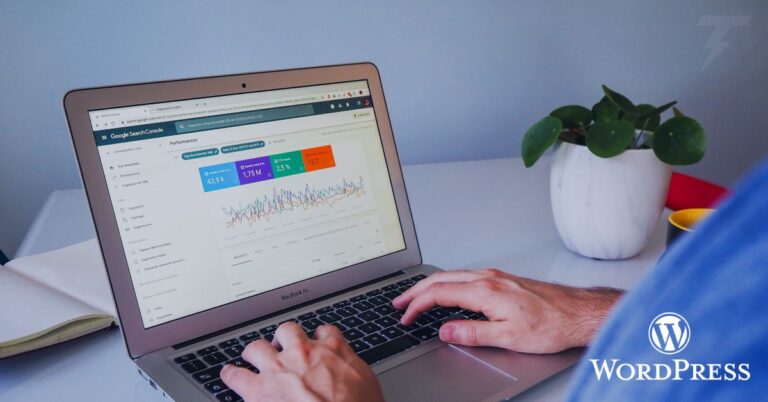In the vast landscape of web development, ensuring the security and maintenance of your WordPress website is paramount. This comprehensive guide serves as your beacon, illuminating the path to safeguarding your website against threats while also maintaining its optimal performance. From robust security practices to effective maintenance routines, you’ll gain insights into fortifying your digital fortress and nurturing a thriving online presence.
The Crucial Role of Securing and Maintaining WordPress Websites
Securing and maintaining your WordPress website is more than a task; it’s a proactive strategy to protect your digital assets and provide an exceptional user experience. Neglecting security and maintenance can lead to vulnerabilities, compromising user data and website functionality.
Strengthening Your WordPress Website Security
Step 1: Regular Updates
The Power of Updates
Regularly update your WordPress core, themes, and plugins to patch security vulnerabilities and ensure compatibility. Outdated components are often targets for cyberattacks.
Step 2: Strong Passwords and User Roles
Fortifying Access Control
Enforce strong passwords for all user accounts and limit user roles to prevent unauthorized access. Implement two-factor authentication (2FA) for an extra layer of security.
Step 3: Security Plugins
Enhancing Protection with Plugins
Install reputable security plugins like Wordfence or Sucuri. These plugins offer features such as firewall protection, malware scanning, and real-time monitoring.
Step 4: Regular Backups
Backing Up Your Website
Create regular backups of your entire website, including the database and files. Store backups on secure external servers or cloud platforms.
Effective Strategies for WordPress Website Maintenance
Step 5: Content Updates
Fresh and Relevant Content
Regularly update your website’s content to keep it relevant and engaging. This not only benefits your visitors but also signals to search engines that your site is active.
Step 6: Performance Optimization
Speed and Performance Matters
Optimize your website’s speed by compressing images, minimizing CSS and JavaScript files, and utilizing caching plugins. A fast site enhances user experience and SEO.
Step 7: Broken Links and Redirects
Streamlining Navigation
Regularly scan your website for broken links and fix them promptly. Implement 301 redirects for any outdated or changed URLs.
Step 8: Database Maintenance
Keeping Your Database Tidy
Optimize and clean your database regularly to remove unnecessary data and enhance overall website performance.
Step 9: Security Audits
Periodic Security Audits
Conduct regular security audits to identify vulnerabilities, test for potential breaches, and ensure all security measures are up to date.
Step 10: Regular Testing
Comprehensive Testing: Making Sure Everything Works
Testing your website carefully is like giving it a final check to make sure everything is working smoothly. By doing this, you can catch any problems before they affect how people use your site. Thorough testing ensures your website looks and works great on different devices and browsers, giving visitors a smooth and enjoyable experience.
Step 11: Continuous Monitoring
Vigilance is Key
Set up monitoring tools to receive alerts about website downtime, security breaches, or unusual activity.
Securing and maintaining your WordPress website is an ongoing commitment that ensures your digital presence remains resilient and user-focused. By implementing robust security measures and embracing effective maintenance practices, you safeguard your website against threats while providing visitors with an exceptional experience. This guide equips you with the knowledge to navigate the evolving landscape of web security and maintenance, empowering you to build and sustain a website that stands strong amidst the digital currents.



